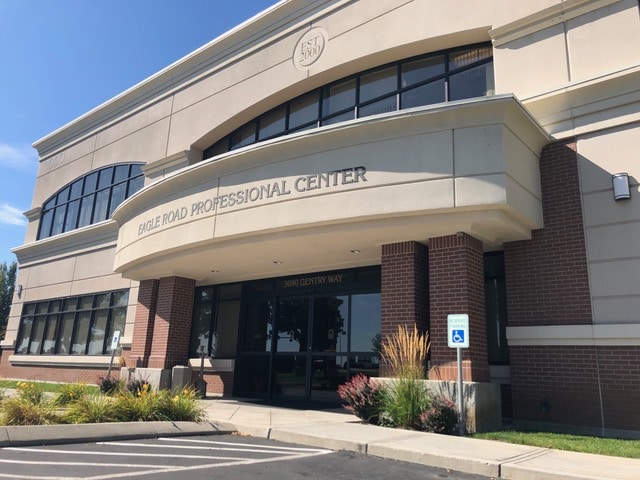Male Breast Reduction
Gynecomastia, which is the overdevelopment of male breasts, affects an estimated 40 to 60 percent of men. It is characterized by an excess of localized fat and/or glandular tissue in the male breast. It can be the result of hormonal imbalance, obesity, certain drugs or heredity, although, in most cases, its cause is unknown. It can affect one or both breasts. Sometimes this can occur during adolescence and can resolve on its own, but in other circumstances it can persist.
Candidates for male breast reduction are men who have large or sagging breasts that make them feel physically and/or emotionally uncomfortable. Medical causes of gynecomastia should be ruled out. Surgery for gynecomastia can be performed on men whose breast development is complete; are in good health, both physically and emotionally; do not smoke; and are not overweight. Ideally, candidates have firm, elastic skin that will reshape itself to fit the contours of their chest postsurgery.
Male Breast Reduction Procedure
Treatment is based on the degree of excess breast tissue as well as the degree of excess skin involved. During your consultation, Dr. Jarrell will examine you and discuss your goals in order to customize the treatment plan that is appropriate for you. In general the goal is to reduce the excess breast tissue using a technique that will create the least amount of scarring. Male breast reduction is performed using liposuction, excisional surgery, or a combination of the two. In many cases this may involve liposuction alone to remove the tissue. Usually this involves making very small incisions in inconspicuous areas (around the lower halves of the areolas, in the underarm or lower chest fold) and treating the underlying areas with liposuction (see liposuction). Occasionally if there are areas of more dense tissue, this may need to be removed combining liposuction with direct excision, which may require an additional incision around the areola for tissue removal. If enlarged breast are also noted to have excess skin, further excisional surgery may be required resulting in additional/larger incisions on the chest, possibly repositioning the areolas/nipples and excising excess skin.
Gynecomastia surgery is usually performed under general anesthesia on an outpatient basis. The length of surgery depends upon the extent of breast tissue. After surgery patients are placed in a compression dressing or garment.
Recovery From Male Breast Reduction Surgery
Following male breast reduction surgery, there is bruising, swelling and discomfort. Discomfort usually dissipates after a few days, and can be lessened with prescribed pain medication. To help reduce swelling, the compression garment is worn for about 3-4 weeks, and at night for several additional weeks. Swelling and any skin discoloration partially subside after 1 or 2 weeks, at which time stitches are removed.
Patients typically return to work within a week. Light aerobic exercise can be performed after a week, but strenuous or vigorous upper body activities should be avoided for 4 to 6 weeks.
Risks Of Male Breast Reduction
In addition to the risks associated with surgery and anesthesia, those related to male breast reduction include the following:
Skin injury
Loss of nipple sensation
Discoloration
Scarring
Asymmetrical breasts or nipples
The results of gynecomastia surgery are usually permanent, as long as the patient’s weight remains stable. If drugs were the cause of the condition, the patient must permanently stop taking them to maintain results. Generally, most men feel a great sense of satisfaction from the surgery. This can produce a renewed feeling of confidence and the ability to leave behind the discomforts previously experienced from this condition.


